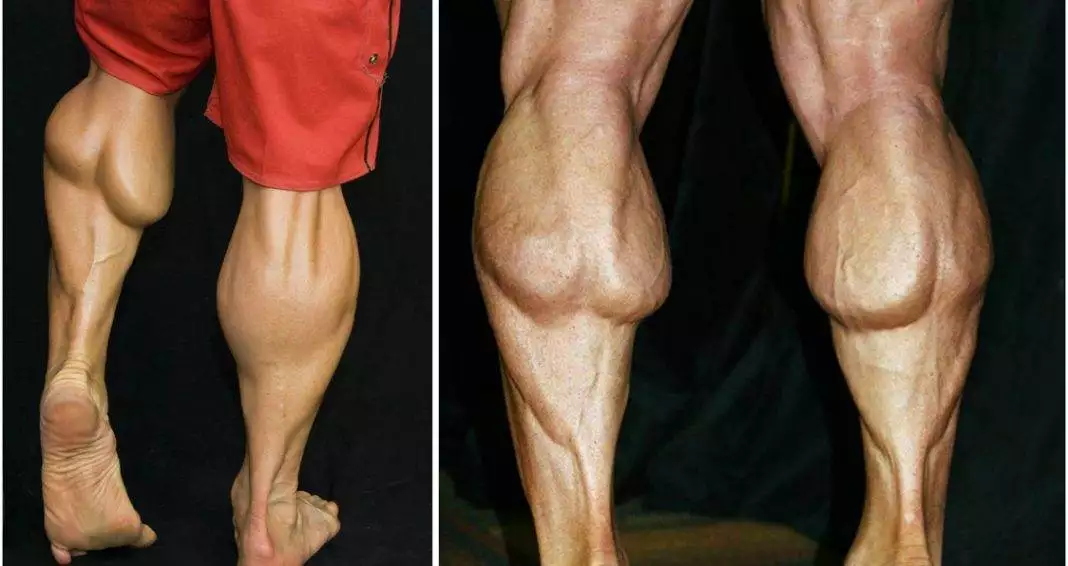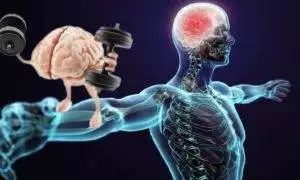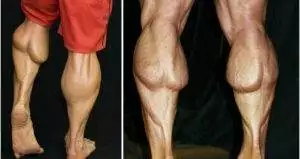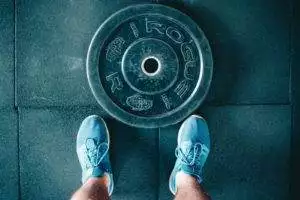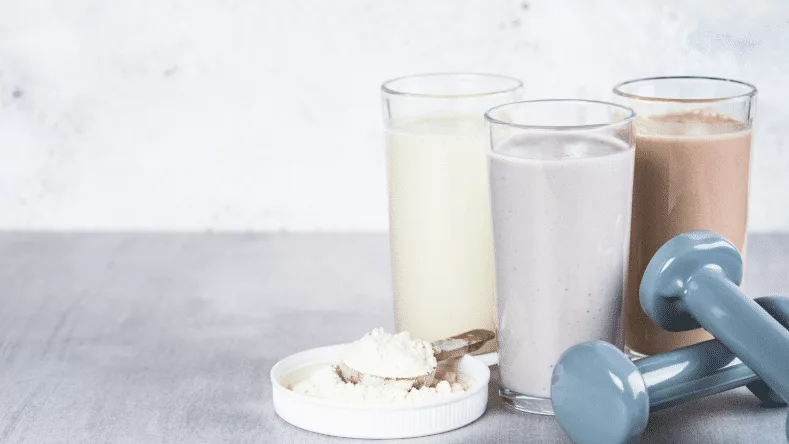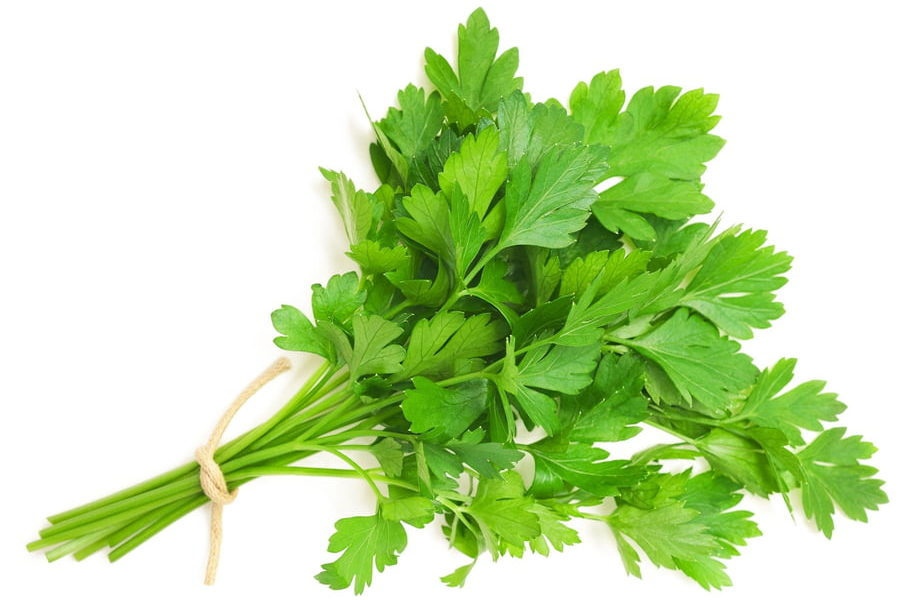The calf muscle is one of the most important muscles in the body. Having strong calves is a priceless blessing, and this is due to its great importance and great benefits to humans, in addition to the aesthetic appearance that it gives to the body and feet.
However, it has other health benefits that you may not know about before, as it supports the body and helps balance it, and works It increases growth hormone in the human body, in addition to pumping blood from the foot to the heart, so doctors call it the human second heart.
However, getting a huge, strong body is not as easy as you think. The calf muscle is considered one of the most difficult muscles in the body to grow and enlarge, as it is considered a weak point for many trainees and bodybuilders in the world. This is due to several reasons, either genetic reasons, other reasons, or neglect. Exercising her in the first place, of course you will not get a big, strong body if you do not give her her due exercise.
But these reasons will not prevent you from getting huge and strong calves as long as you have determination and willpower, and then follow a strong, correct and effective training strategy that targets the calf muscle from all angles, and of course follow a healthy diet rich in proteins and high calories, to get the desired results.
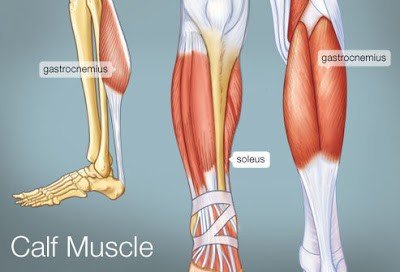
The calf muscle consists of a group of muscles, the most important of which is the gastrocnemius muscle, which is the largest and most important muscle. It is located in the upper part of the calf and is what gives it a spherical or diamond shape, which gives the calf an aesthetic shape. It works to bend the foot and helps in the movement and bending of the knee.
The solis muscle, which is the smallest in size and is located directly below the gastro muscle, is the one that completes the shape of the calf. Without it, it will not be in the desired shape, and it will not perform it to the fullest extent. Therefore, it is considered an important muscle as well and cannot be neglected. Of course, this muscle works when… Jumping or running.
The angle and position of the foot during exercise.
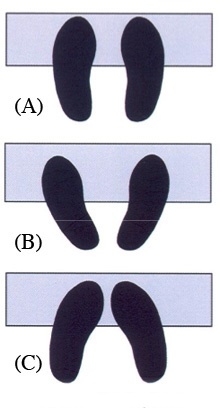
The position of the foot is important in targeting one of the corners of the muscle or a specific part of it, and as you can see in the following image: There are three types of foot placement during exercise.
If you are a beginner and your muscles are still growing, use Figure A or Number 11. However, if your level has advanced and you notice a lack of coordination between the muscles or that one part is weaker than the other, you can target the weak muscle in its own way to obtain the desired muscle coordination.
Figure A will target the entire calf muscle, B will target it from the outside, and C will target it from the inside.
Here are some of the most important calf exercises:
Exercise 1:
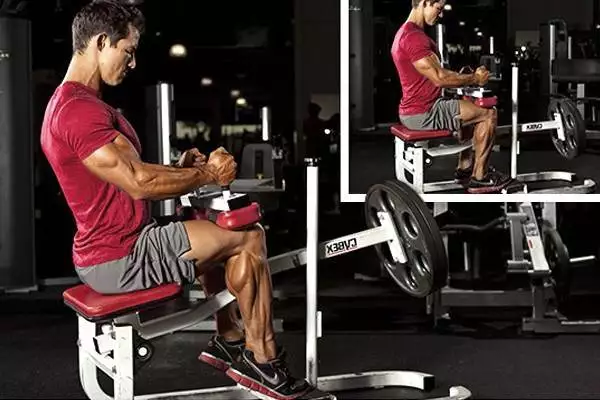
Exercise 2:
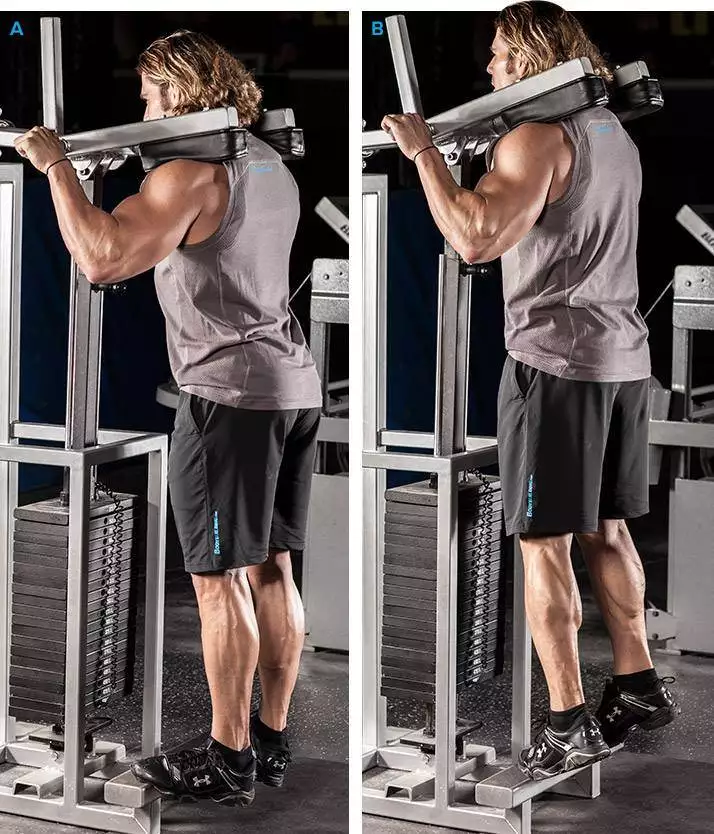
Exercise 3:
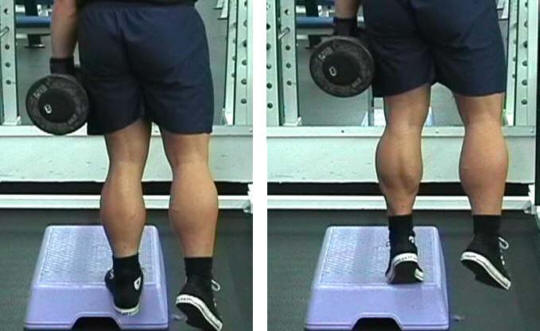
Exercise 4:
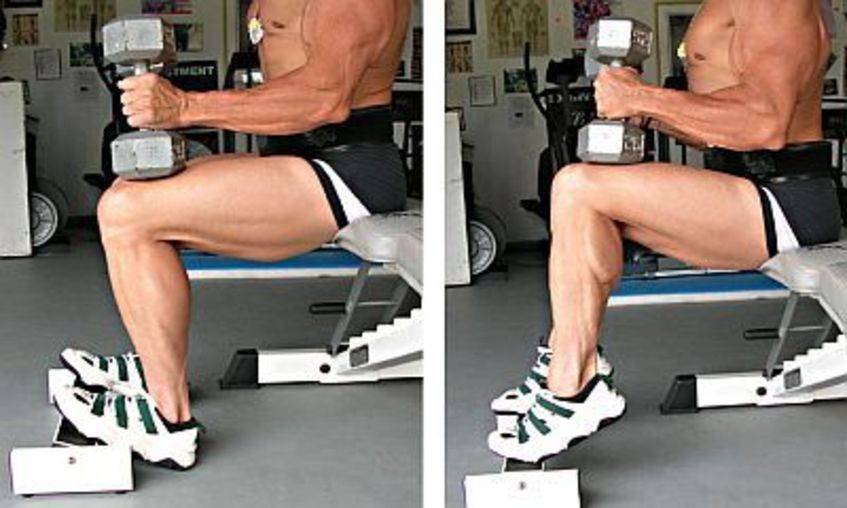
Exercise 5:
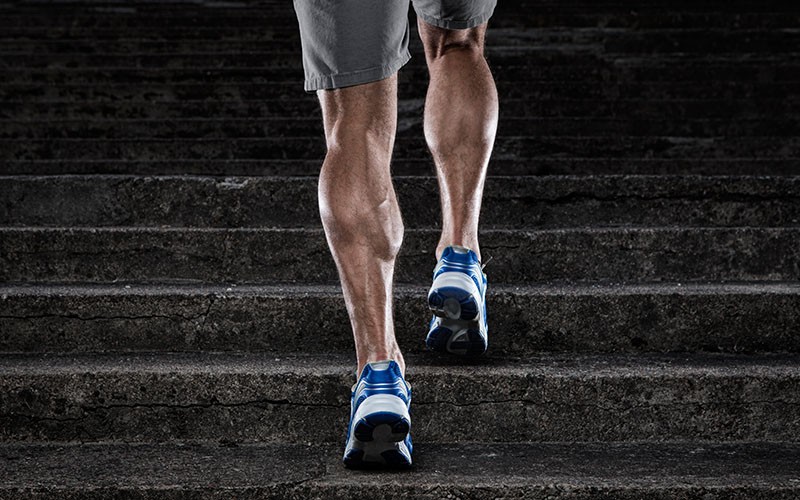
- Perform calf exercises three times a week as a maximum so that you do not make the mistake of exercising excessively.
- Make sure not to wear shoes during calf exercises in particular, so that the muscle gets the largest possible elongation or contraction process.
- Exercise with very heavy weights and fewer repetitions on one day, between 10 and 20 repetitions, then with very light weights and many repetitions, between 20 and 50 repetitions on another day.
- Change your exercises every month or two, so that the muscles do not get used to one pattern or routine.
- Never neglect calf exercises or leg exercises in general, and know that they increase the growth hormone, and any foot exercise brings positive results to your entire body.
You have visited 0 post(s)


